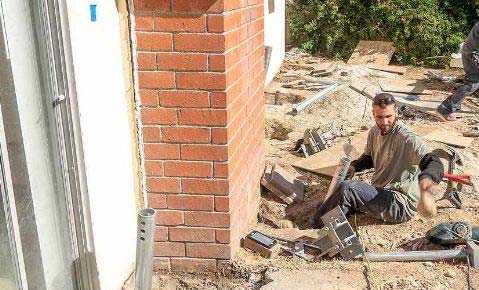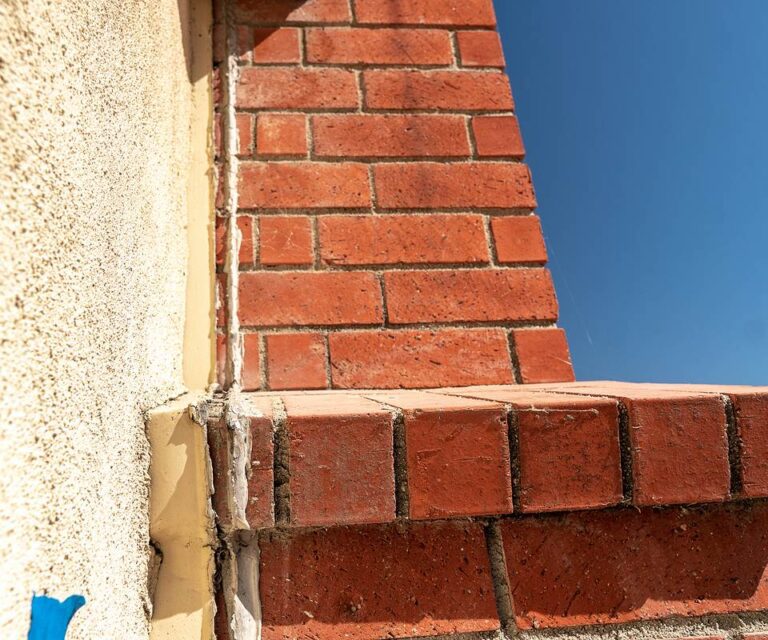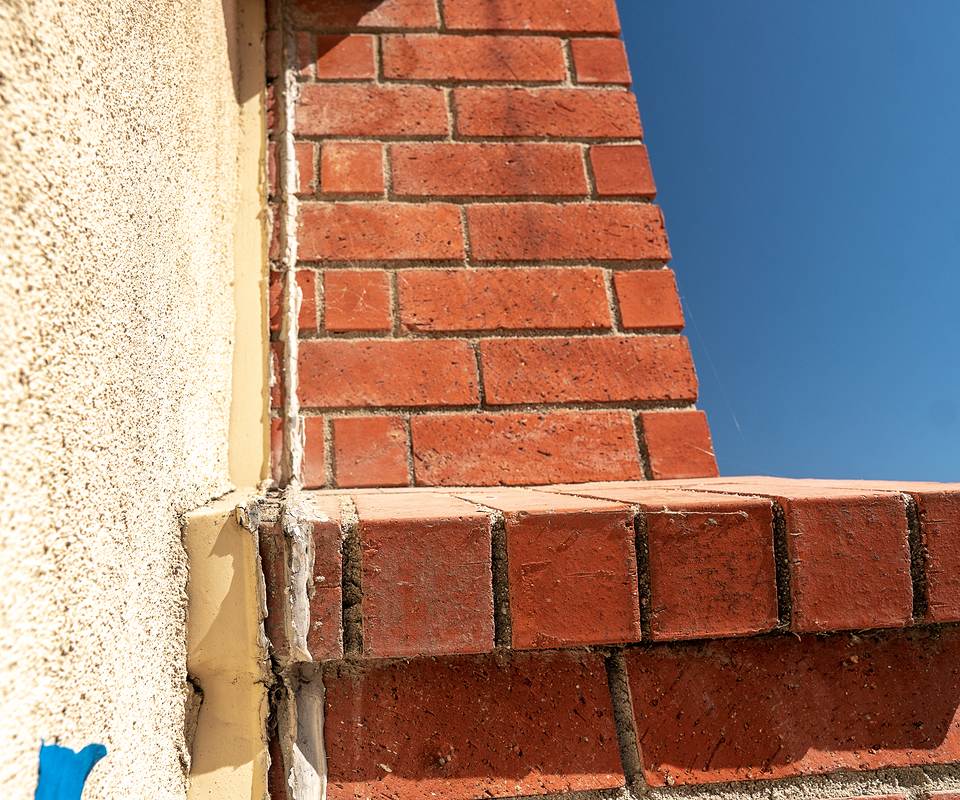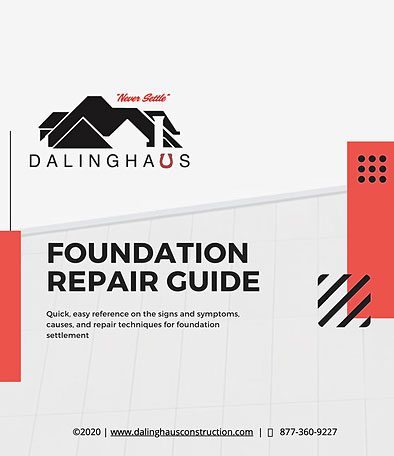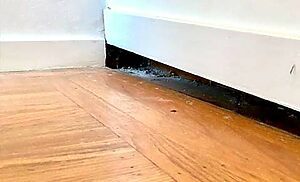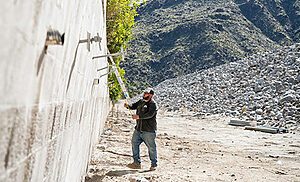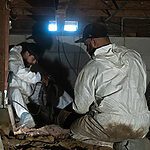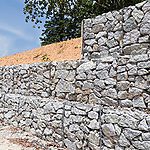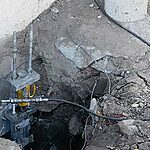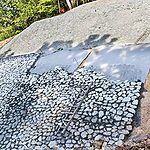Ever take a good look at the size of a chimney? Chimneys are big structures set away from the building’s exterior walls. This is because chimneys need to be at least 4 inches of solid masonry to be built correctly. This design not only requires additional space, but also adds a lot of additional weight. This weight needs to be transferred onto a larger footing to support it.
You can think of the chimney and its footing as a big concrete rectangle. This rectangle will be top-heavy because it needs to stretch beyond the home’s roof line. This weight, along with poorly compacted soil, will eventually cause the chimney to rotate away from the house.
Signs Of A Leaning Chimney
When your chimney is leaning, it will be off-kilter and tilting away from the house. There will be a gap between the chimney and the house, usually more pronounced toward the top of the chimney. This gap between the chimney and the house can allow rodents and rain to enter. It also offers a place for mold to form.
If your chimney is leaning, there might be leaks around the chimney when it rains. For example, you might see wet patches on the walls adjacent to the chimney. You might also see ash stains on the exterior brick. This happens because the ash is leaking instead of going up the chimney. You might also notice the smoke being pushed back into the house.
Why Chimneys Lean
Poor construction
Perhaps the masons weren’t competent, or the brick or mortar was of poor quality.
Age
Unfortunately, brick and mortar don’t last forever. Eventually, they’ll start to break down. Bricks tend to last a lot longer than mortar, though.
No footing
Older homes might not have footing under the chimney. Chimneys without a footing are more likely to lean away from the house.
Weak footing
Sometimes, a footing isn’t thick or deep enough to adequately support the chimney. Footinghttps://www.youtube.com/watch?v=IZ0ouPhzBM4s need to be at least 12 inches thick, 6 inches wider than the chimney, and built well below the frost line if they’re going to support all that brick and mortar.
Expansive soil
Clay-rich expansive soil swells as it soaks up moisture and shrinks as it dries out. This creates movement in the soil under the foundation and can, over time, cause a footing to sink or pull away from the house.
Soil erosion
Soil prone to erosion can create voids under the footing. If the footing sinks into the voids, the chimney could lean away from the house.
Poor drainage
Poor drainage around the chimney can cause hydrostatic pressure to build up in the soil and push against the footing, causing it to shift.
How To Fix A Leaning Chimney
Leaning chimneys can be fixed using helical piers to stabilize and bring the chimney back to maximum practical recovery. The piers are turned into the ground until they reach load-bearing soil, one pier on each side of the chimney and one in the rear. The piers on the side of the chimney will help keep it from leaning from side to side and keep it level. The pier in the back of the chimney is there to lift that portion of the footing and rotate the chimney back into place towards the framing of the home. This method of repair is highly effective at correcting a leaning chimney.
